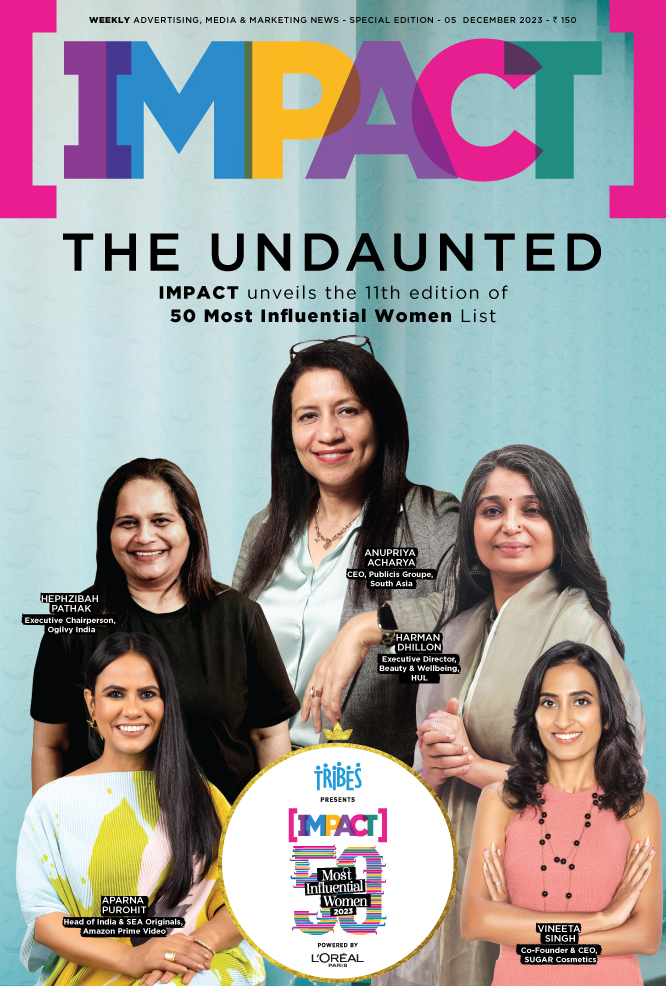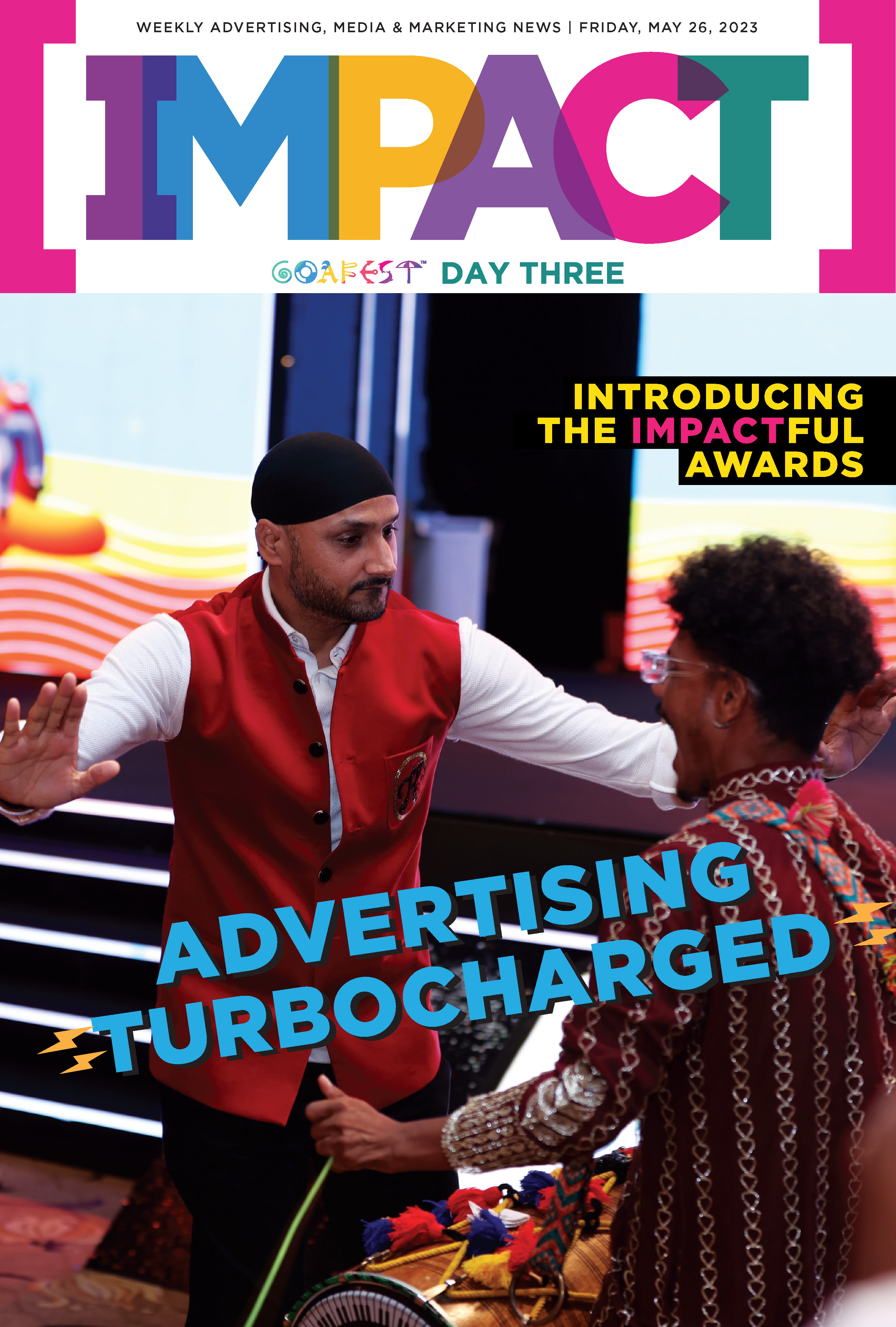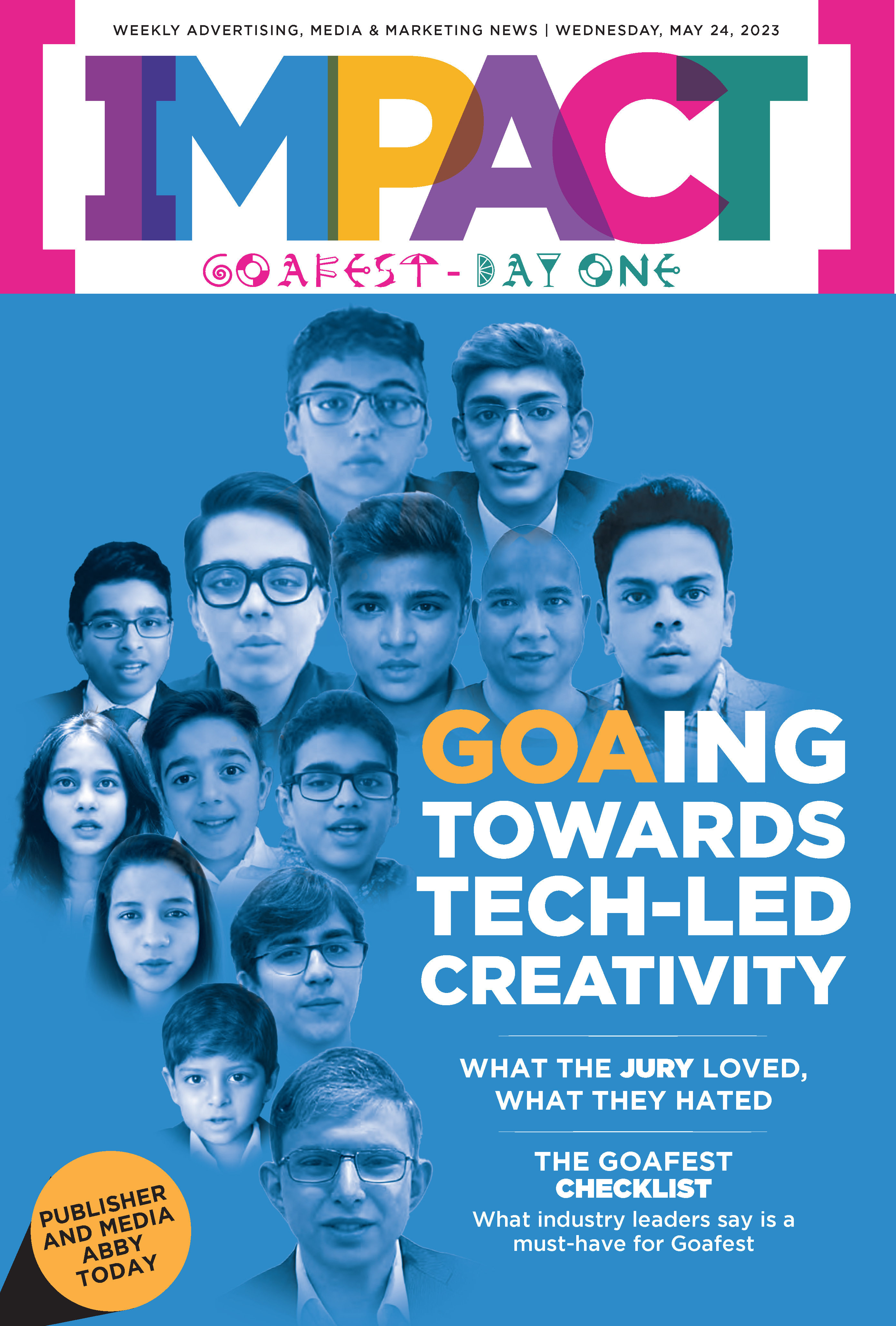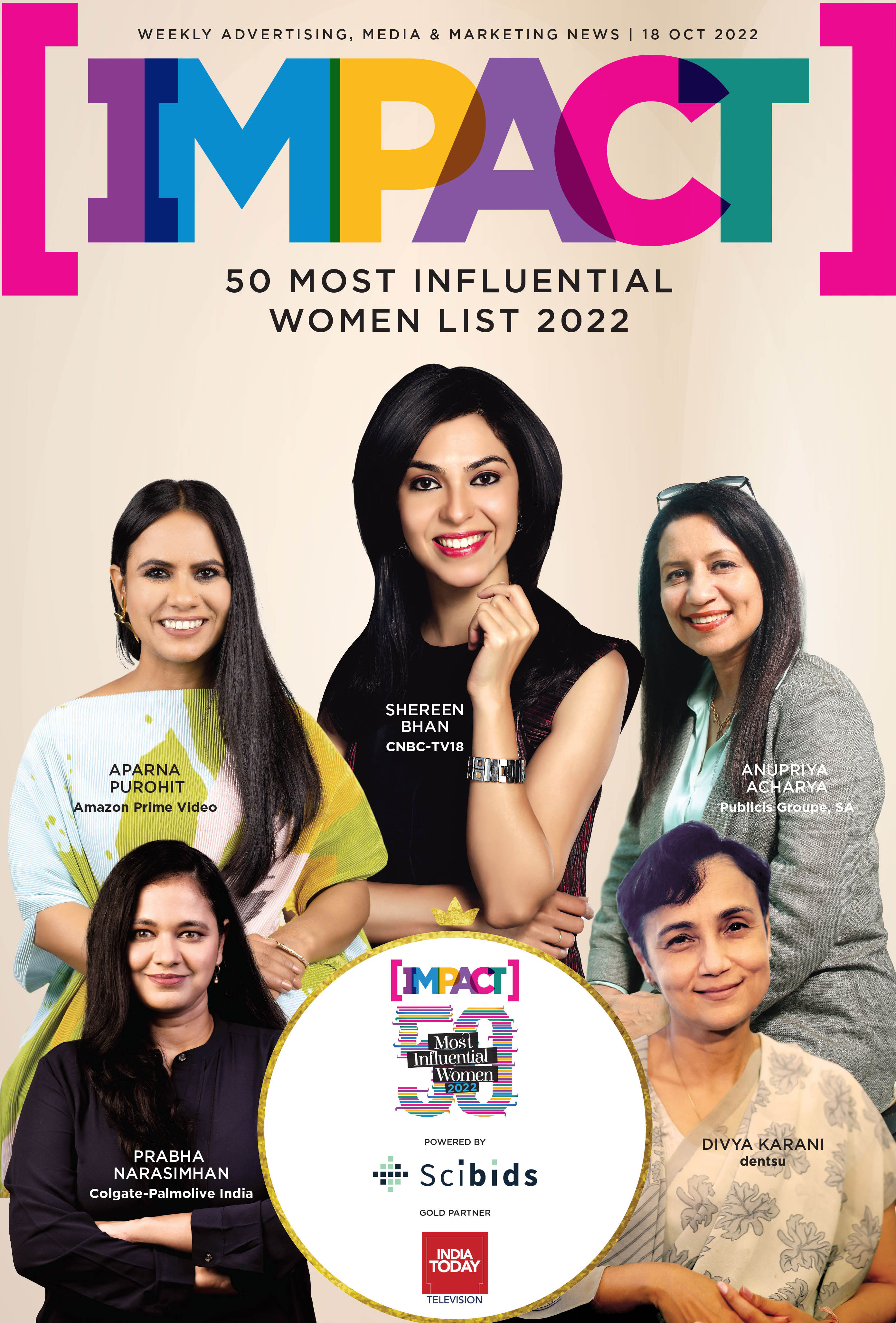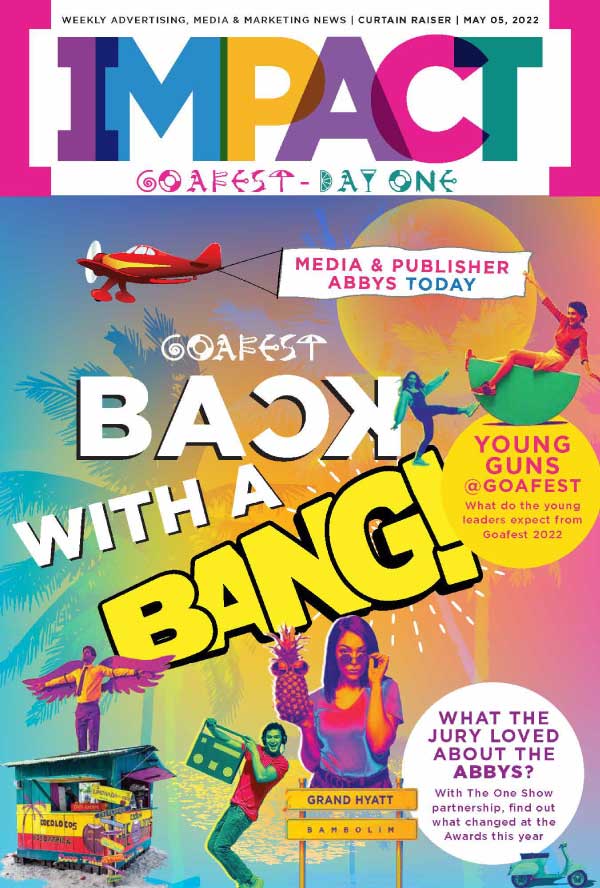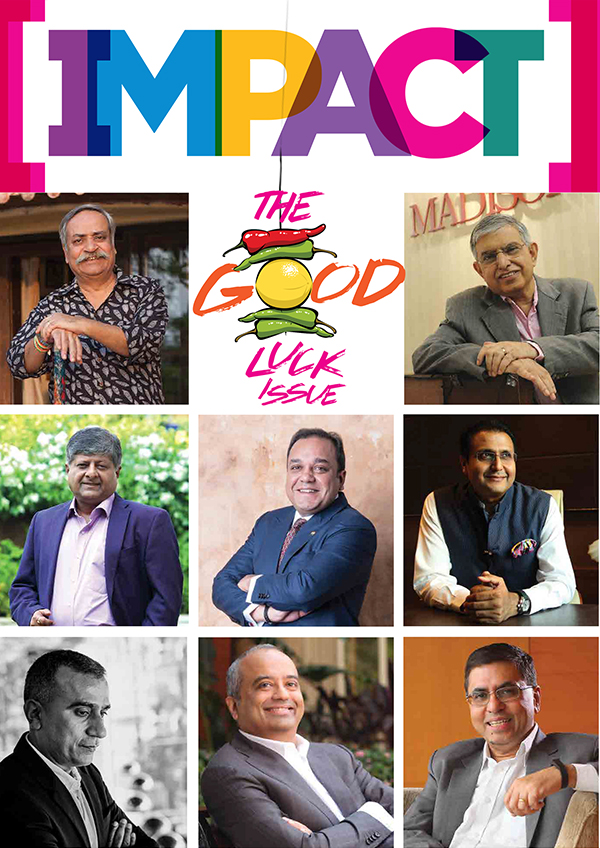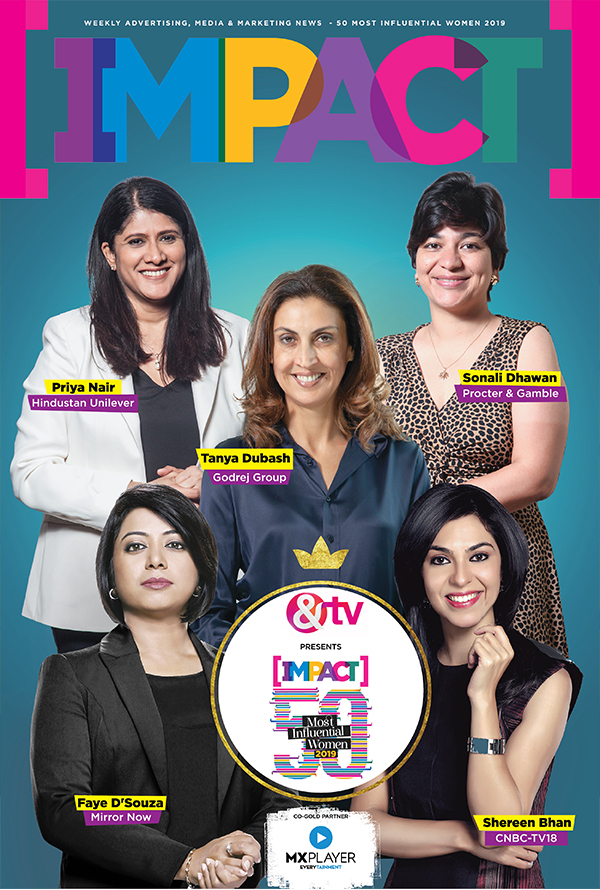In a world of scroll, stream. repeat, where attention has become the most valuable currency, freemium platforms have found a curious way to earn it- by interrupting it. A song interrupted by an audio ad, a lesson halted by a video prompt, or a pop-up urging an upgrade, these small disruptions form the backbone of a global strategy built on attention, psychology, and timing. They are part of a deliberate design that contrasts friction with flow, showing users what seamlessness feels like, and what it costs. Interruption-style ads, as they are called, have become one of the most debated yet effective tools for driving users toward paid subscriptions. Prasanth Challapalli, Chief Digital and Innovation Officer, Havas Creative Network India, explains, “This ad format is based on Game Theory invented by Mathematician John Forbes Nash Jr. If you give a little glimpse in an interruption format of something that is valuable to an audience, they will crave more for it when you ask them to upgrade to enjoy the full, uninterrupted experience.” It’s a principle rooted in contrast, the momentary disturbance amplifies the value of what’s smooth and premium.
Prasanth Challapalli, Chief Digital and Innovation Officer, Havas Creative Network India, explains, “This ad format is based on Game Theory invented by Mathematician John Forbes Nash Jr. If you give a little glimpse in an interruption format of something that is valuable to an audience, they will crave more for it when you ask them to upgrade to enjoy the full, uninterrupted experience.” It’s a principle rooted in contrast, the momentary disturbance amplifies the value of what’s smooth and premium. From a media planning perspective, the logic behind such disruption is becoming sharper and more data-driven. Mitchelle Rozario Jansen, Senior Vice President of Business Strategy & Growth, White Rivers Media, observes that “disruption-driven advertising on freemium platforms is pushing us to relook at digital media strategies.These ads create a deliberate contrast, enhancing the appeal of premium offerings to price-sensitive users.” She explains that this approach aligns with India’s growing preference for quality, where loyalty and retention must be earned. By blending purposeful disruption with AI-driven personalisation, brands can foster sustainable monetisation and authentic connections.
From a media planning perspective, the logic behind such disruption is becoming sharper and more data-driven. Mitchelle Rozario Jansen, Senior Vice President of Business Strategy & Growth, White Rivers Media, observes that “disruption-driven advertising on freemium platforms is pushing us to relook at digital media strategies.These ads create a deliberate contrast, enhancing the appeal of premium offerings to price-sensitive users.” She explains that this approach aligns with India’s growing preference for quality, where loyalty and retention must be earned. By blending purposeful disruption with AI-driven personalisation, brands can foster sustainable monetisation and authentic connections. Nimesh Shah, General Manager, Madison Digital, elaborates on this balancing act. “Interruption-style ads on freemium platforms work because they leverage a sharp contrast in user experience to create a ‘pain point’ that premium subscriptions instantly solve,” he says. The challenge, though, is precision. “The strategy lies in targeting and frequency control: delivering the ad at moments of high engagement but low frustration tolerance, so the upgrade feels like a natural solution.”
Nimesh Shah, General Manager, Madison Digital, elaborates on this balancing act. “Interruption-style ads on freemium platforms work because they leverage a sharp contrast in user experience to create a ‘pain point’ that premium subscriptions instantly solve,” he says. The challenge, though, is precision. “The strategy lies in targeting and frequency control: delivering the ad at moments of high engagement but low frustration tolerance, so the upgrade feels like a natural solution.”
So, how do planners decide when to interrupt and when to hold back? “Implementing friction thoughtfully transforms it into a strategic nudge,” says Jansen. Timing ads during less disruptive moments or tailoring them for specific user segments can turn irritation into engagement. “Even the number of ads that pop up per gaming session could be pre-planned based on user drop-off data,” she adds. The intent, she explains, is to transform disruption into dialogue to turn annoyance into awareness. Whereas, Shah advises, that overexposure can push users away, while underexposure weakens urgency. “If done well, this approach transforms brief inconvenience into a persuasive trigger, boosting subscription conversions while preserving brand goodwill and sustaining user loyalty,” he adds.

 This raises another question, can interruptions be disguised as something that doesn’t feel like one? And if not, how does this annoying pattern work? According to Prateek N. Kumar, Founder & CEO, NeoNiche Integrated Solutions, the secret lies in purpose. “In today’s digital world, everyone’s battling for a few seconds of attention. Sometimes, the smartest move is to simply pause the scroll,” he says. “Interruption-style ads—whether a quick audio prompt or a bold full-screen pop-up, work because they break the flow. That brief pause grabs attention.” He says that he doesn’t see these ads as quick grabs for attention, rather small behavioral nudges designed to spark curiosity and stick in the mind. Challapalli explains, “This format usually works when the user is more interested in content that’s closely tied to the ad being served, but not when the two are at odds.”
This raises another question, can interruptions be disguised as something that doesn’t feel like one? And if not, how does this annoying pattern work? According to Prateek N. Kumar, Founder & CEO, NeoNiche Integrated Solutions, the secret lies in purpose. “In today’s digital world, everyone’s battling for a few seconds of attention. Sometimes, the smartest move is to simply pause the scroll,” he says. “Interruption-style ads—whether a quick audio prompt or a bold full-screen pop-up, work because they break the flow. That brief pause grabs attention.” He says that he doesn’t see these ads as quick grabs for attention, rather small behavioral nudges designed to spark curiosity and stick in the mind. Challapalli explains, “This format usually works when the user is more interested in content that’s closely tied to the ad being served, but not when the two are at odds.”
The creative side of the story, however, demands empathy. Abhijat Bharadwaj, Chief Creative Officer at Dentsu Creative Isobar, sums it up aptly, “Interruption ads can work, but only if they earn the right to interrupt. YouTube shows the playbook every day; it uses all ads to push people towards Premium. Still, rule one never changes: be entertaining. We are stepping into someone’s day, so we owe them a smile, not a sales pitch.” He compares a good interruption to “an elbow on a crowded Mumbai local: you feel it, you can’t ignore it, but it doesn’t bruise.”
Creatively, Bharadwaj believes, the pause must be short, witty, and polite. “Use that pause to show how smooth Premium feels,” he says. With the rise of GenAI, it’s now easier to personalise these ads instantly, matching tone, tempo, and even time of day. “In freemium, a tiny bit of earned irritation makes Premium easy to feel. Keep ads short, skippable, and spaced out, and rotate creatives so it never turns into radio fatigue. Make it native to the moment. Match the tempo, tone, and texture of what the user is doing. If someone is on a rock track, let the ad ride the same beat and feel like a bridge, one quick line of value, then back to the chorus. In a podcast, use the host’s voice. In a late-night lo-fi playlist, keep it whisper soft and time-of-day aware. With the advent of GenAI, it’s easier to make such renditions in no time.” Mayank Gaba, Creative Director, SW Network, offers a refreshingly candid take, “We are all aware that interruption-style ads are annoying, well, mostly. No one likes getting poked in between something that they like doing.” Yet, he admits, the strategy works when done smartly. “From a creative and strategic point of view, it becomes very important for brands to make sure they blend in with the right tone and dialogue. Anything that disturbs the frequency of the experience will bite the brand back.” He recalls an example that captures this balance perfectly. “Johnnie Walker collaborated with Alan Walker and produced a full-fledged music track that was used as an in-stream ad on YouTube. Everything about that track was brilliant, so much so that I almost forgot I was listening to an ad.” That, he explains, is the goal, when disruption sounds like harmony.
Mayank Gaba, Creative Director, SW Network, offers a refreshingly candid take, “We are all aware that interruption-style ads are annoying, well, mostly. No one likes getting poked in between something that they like doing.” Yet, he admits, the strategy works when done smartly. “From a creative and strategic point of view, it becomes very important for brands to make sure they blend in with the right tone and dialogue. Anything that disturbs the frequency of the experience will bite the brand back.” He recalls an example that captures this balance perfectly. “Johnnie Walker collaborated with Alan Walker and produced a full-fledged music track that was used as an in-stream ad on YouTube. Everything about that track was brilliant, so much so that I almost forgot I was listening to an ad.” That, he explains, is the goal, when disruption sounds like harmony.
But why do brands keep choosing this format despite the risk of irritation? “It’s a medium for them to increase visibility,” says Gaba. For streaming platforms, it’s a two-step acquisition strategy: get users on the app first, then get them to subscribe. “Even though in-stream ads are often annoying, it is exactly what drives the audience to pull out their credit cards and click on the pay button.” He cites Spotify as an example: “They play an ad and follow it with 30 minutes of uninterrupted music. Eventually, users give in, not out of impulse but fatigue, realising that peace comes at a price.”
And data backs it with Spotify standing as one of the strongest examples. As of 2025, Spotify’s own data shows that the platform has 696 million monthly active users, of which 276 million are premium subscribers, nearly 40% of its total base. The growth underscores how well-timed in-app or audio interruptions, remind listeners of the value of an ad-free, seamless experience, can effectively nudge users toward subscription.
As freemium platforms continue to evolve, the line between annoyance and persuasion is getting finer, but also smarter. Each pause, pop-up, or prompt is no longer just an interruption, it’s a carefully timed, AI-personalised nudge, designed to engage rather than annoy. As Bharadwaj states, “Done right, it is a polite tap on the shoulder, a brief ouch, a quick ahh, and an easy yes,” But still the question lingers, in a world where attention is fleeting and choices endless, will these annoying micro-moments keep shaping lasting engagement or will they just fade into the noise?

















